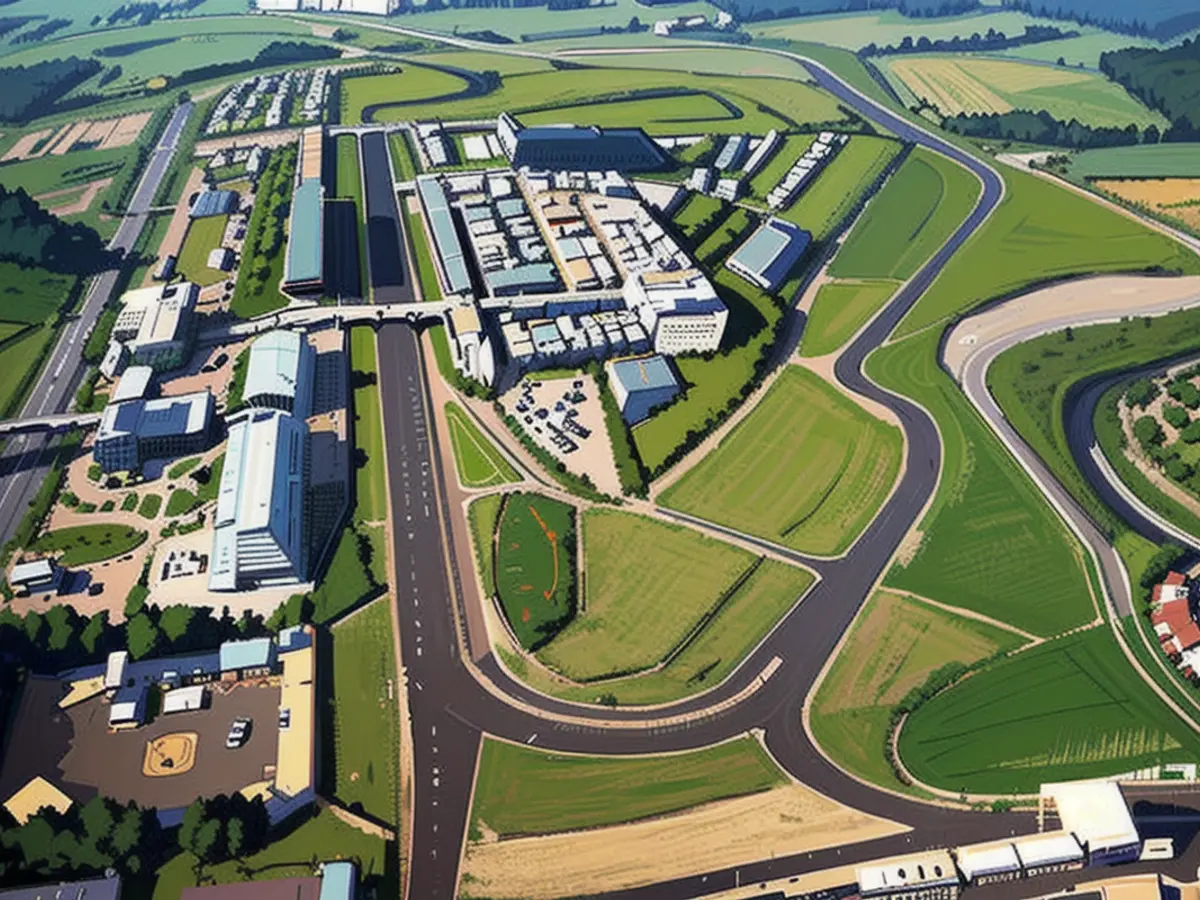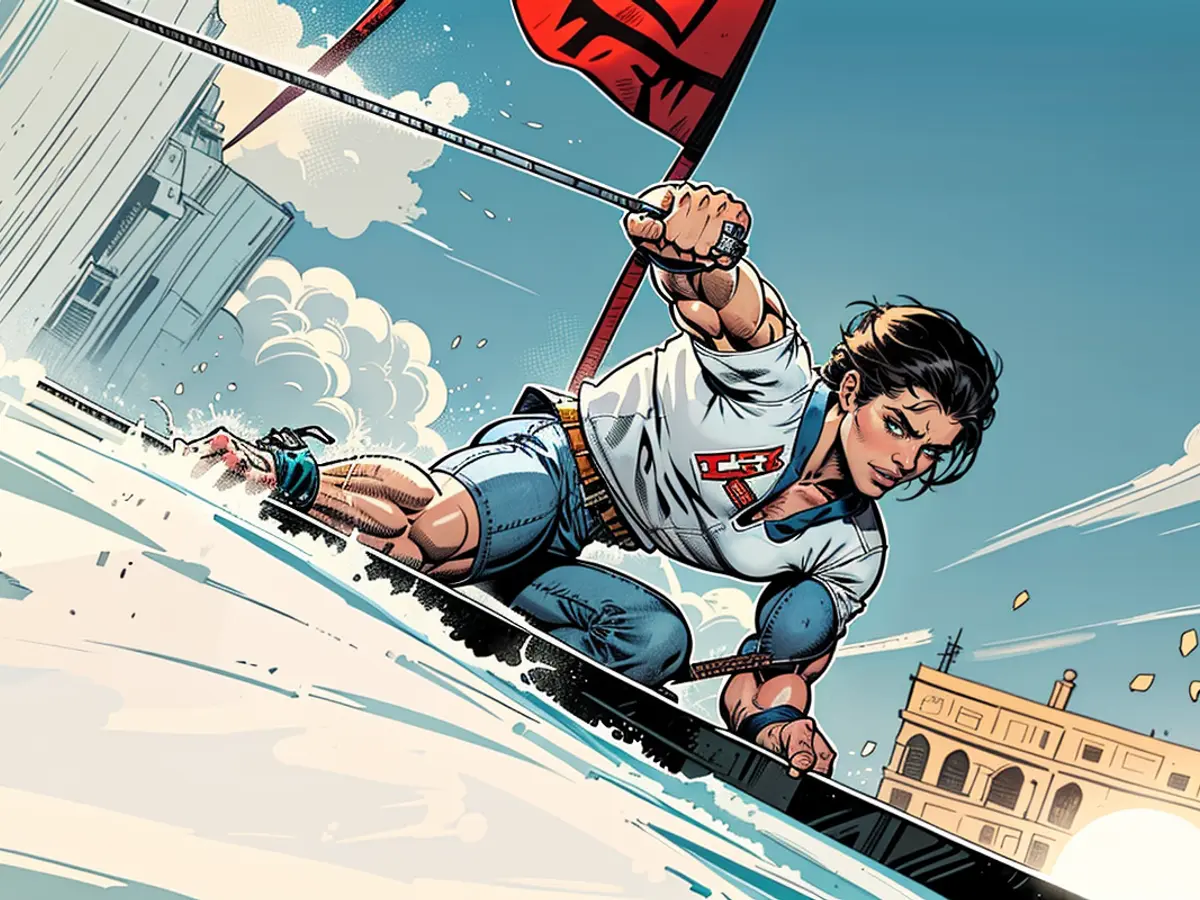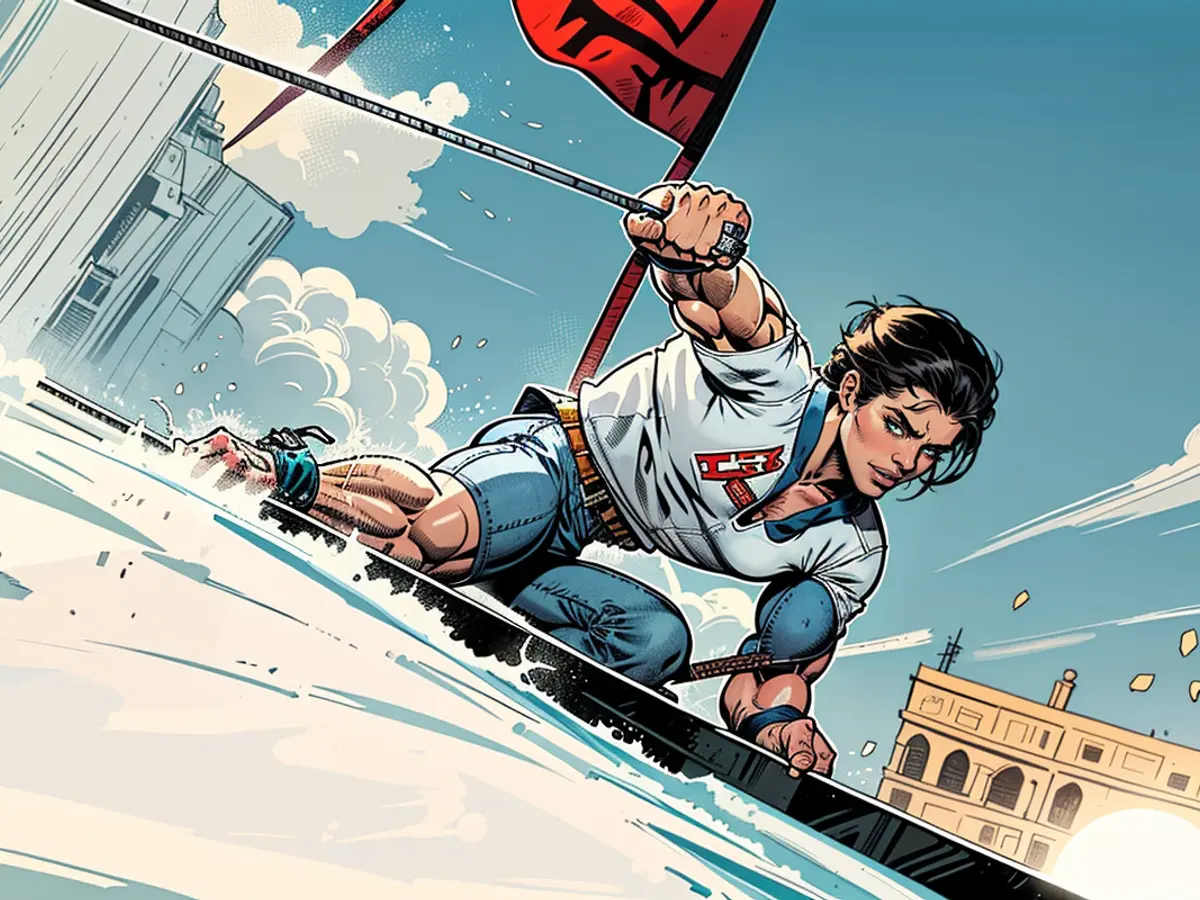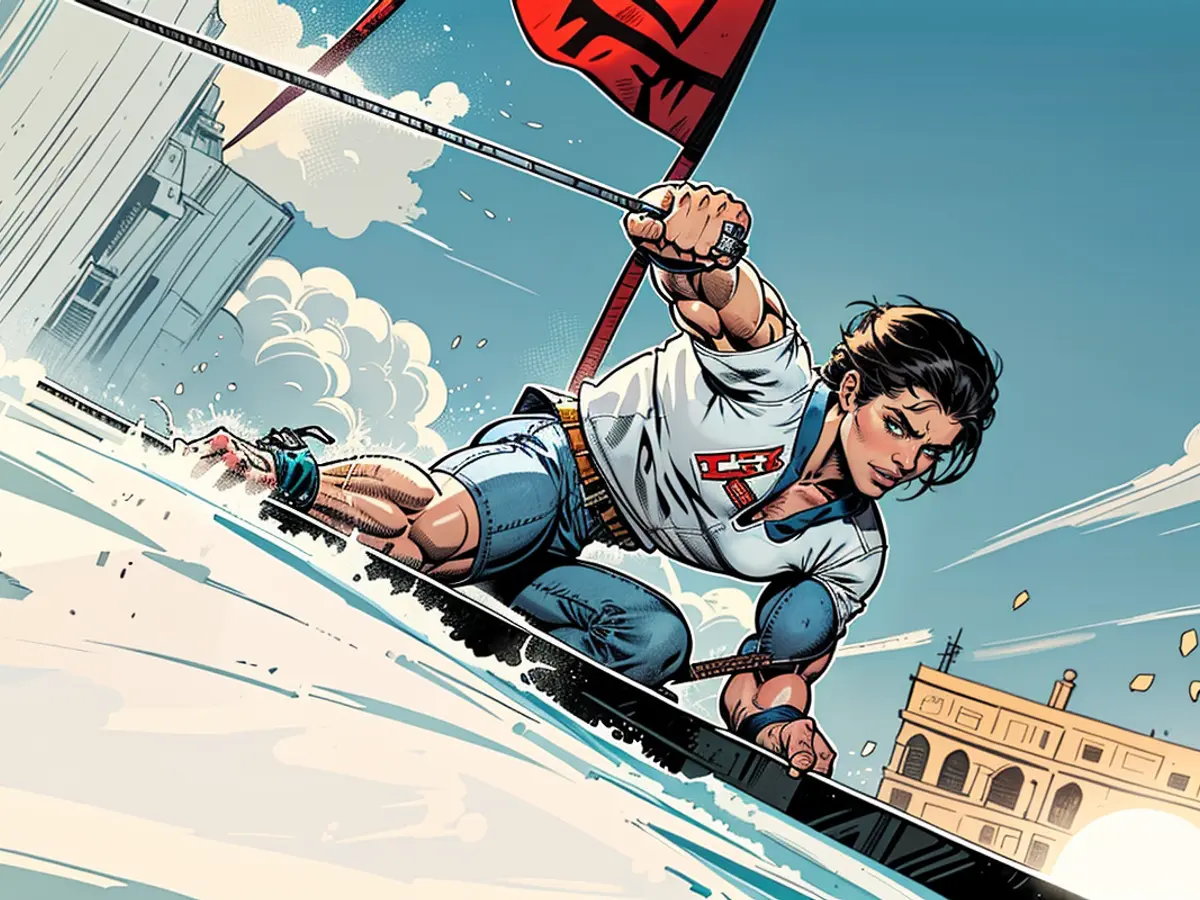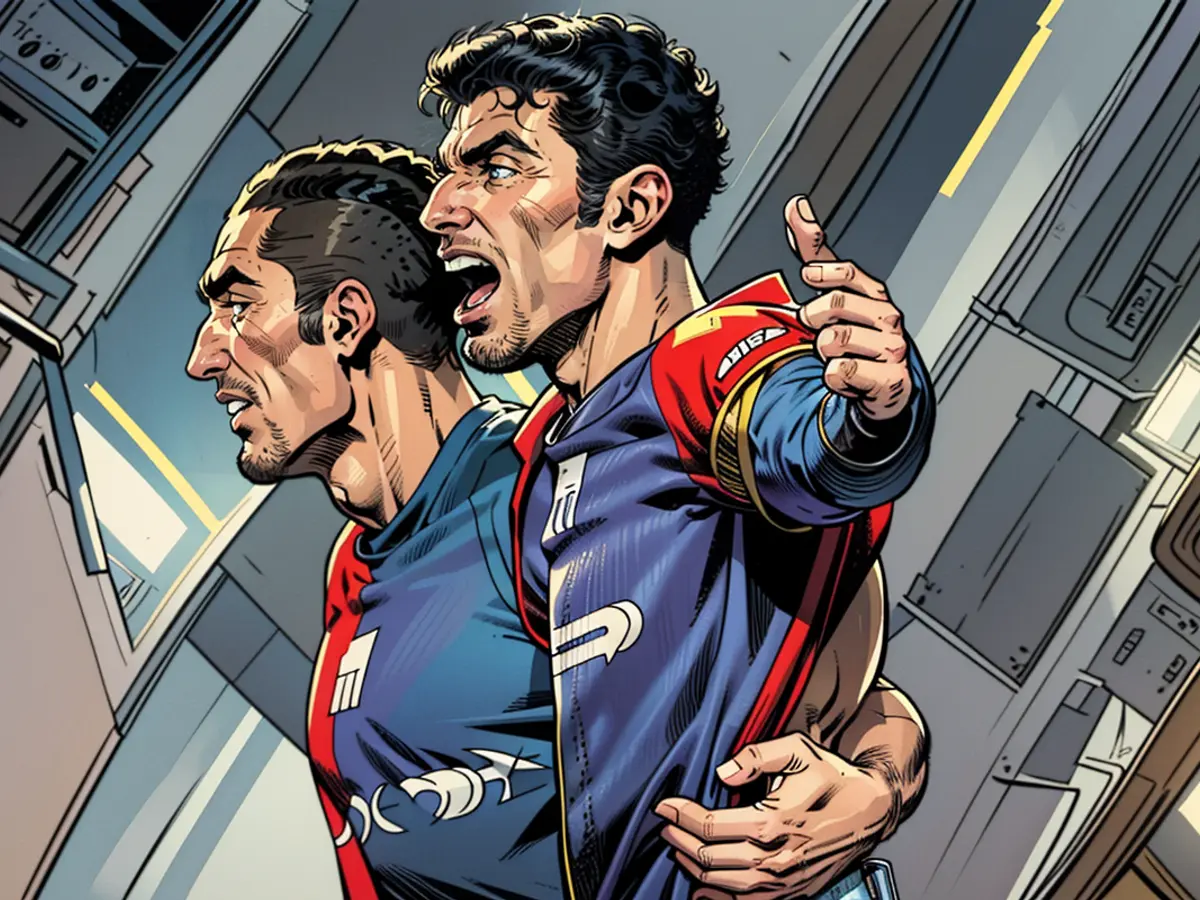The intriguing tale of the notorious Nürburgring track.
On May 12, 1984, the Nürburgring embraces its reawakening. Seven years after Niki Lauda's fatal fire accident, the renowned Nordschleife becomes a memory, and a fresh track is primarily intended to invite Formula 1 back to the Eifel. Yet this success isn't long-lasting.
The Nürburgring Nordschleife has long been seen as an outdated remnant of another era, and ensuring driver safety is far from guaranteed. The twisted 22.8-kilometre route rolls through the verdant hills of the Eifel, making for a treacherous joyride, especially for Formula 1.
The fate of the Nordschleife was permanently decided on August 1, 1976, when smoke appeared in the distance during the German Grand Prix. A Ferrari bursts into flames at the Bergwerk section of the circuit, with Niki Lauda clinging to life. 42 days later, he resumed racing, but that's a tale for another time.
Formula 1 never raced at the Nordschleife following the wreck, but in the Eifel, they were set on reviving the glorious power circus. With other racing series threatening to turn their backs on "Green Hell", the decision was eventually made to construct a "modern" race track.
The fall of the Schwedenkreuz, Fuchsröhre, and Karussell
At over 4.5 kilometers in length, spacious run-off areas, and quick rescue routes, the new Nürburgring aligns with normal standards upon its debut to widespread praise. The sole survivor from the old course is the start-finish straight. Farewell to the times where passages such as Schwedenkreuz, Fuchsröhre, and Karussell called for superb driving.
The new Grand Prix course is inaugurated on May 12, 1984, with a thrilling exhibition race. Nine Formula 1 world champions compete with identically modified Mercedes-Benz 190-E touring cars. Victory is won by a young Brazilian named Ayrton Senna. Another narrative, with a tragic finish, follows.
The new course couldn't harness the great history of the Nordschleife, and the German Grand Prix was relocated to Hockenheim by 1986. It wasn't until the hype of Michael Schumacher brought Formula 1 to the Eifel 16 more times, starting in 1995, that Nürburgring's connection to the legendary driver from Kerpen was solidified.
Formula 1 visits in the coronavirus year 2020
In 2020, amidst the year of the global pandemic, Formula 1 returns for the final time. Since its last visit in 2013, Nürburgring has expanded to include an "adventure park" at a hefty expense - but the outcome was a financial fiasco.
The ancient Nordschleife is regaining its footing. The 24-hour race marches on as a major attraction, compelling global attention and becoming a playground for amateur drivers. The legend continues, but the story has changed.
Read also:
- Prodigies of sport: Littler's predecessors
- Nagelsmann's announcement: A restless Christmas for national team players
- What sports fans prefer to watch on television
- The calm before the upheaval: Nagelsmann's European Championship plans
Despite the new Nürburgring track attracting Formula 1 in 1984, Niki Lauda, a former Formula 1 champion, longed for the challenges of the old Nürburgring Nordschleife, with its iconic turns like Schwedenkreuz, Fuchsröhre, and Karussell.
While Formula 1 races at the rebuilt Nürburgring, the legacy of Niki Lauda and the original Nordschleife continue to echo in the hearts of many motorsport enthusiasts.
Source: www.ntv.de
